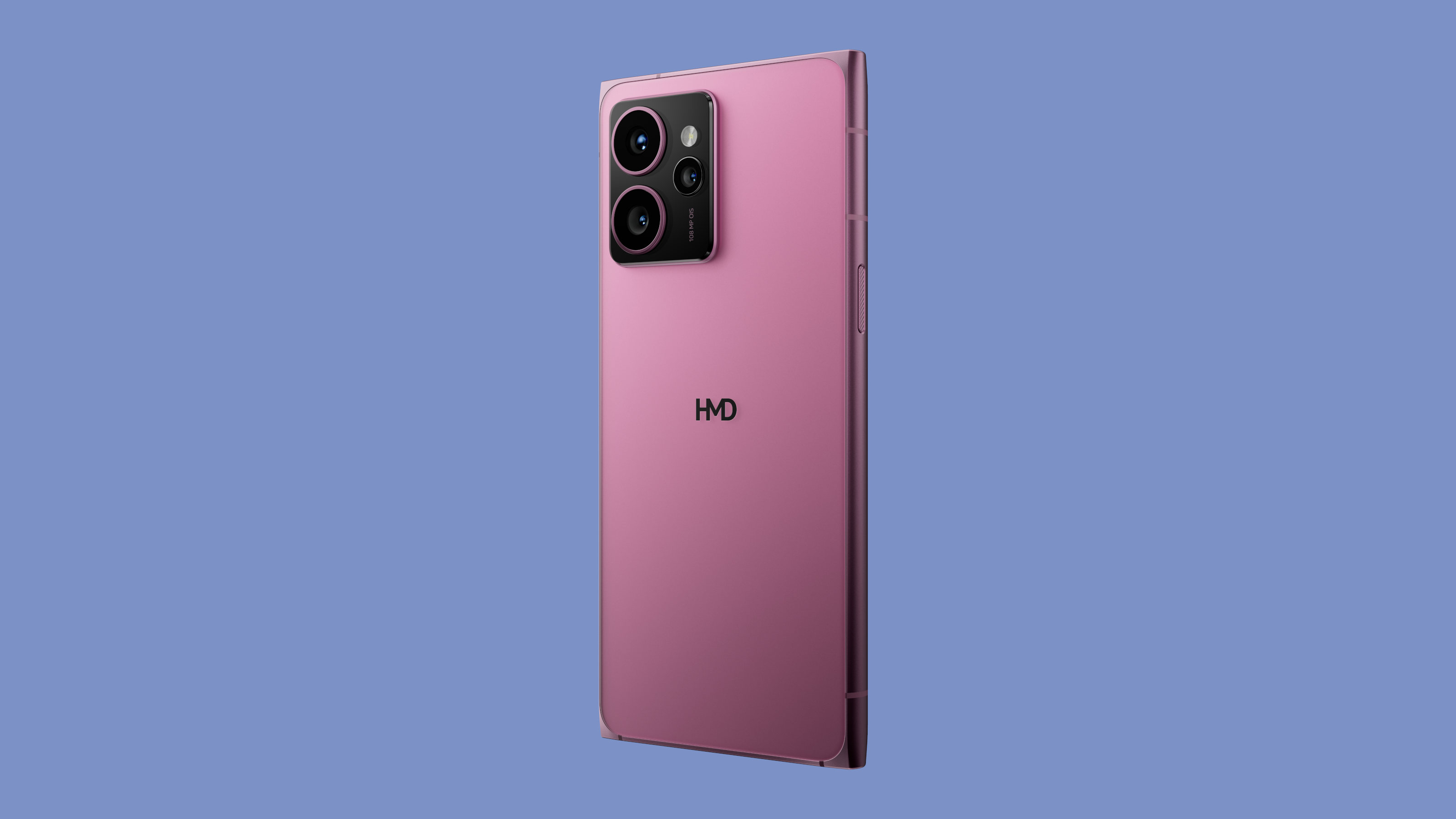
This is the new HMD Skyline, a mid-tier smartphone from the Finnish phone manufacturer HMD (Human Mobile Devices). The company, which also holds the licence to make Nokia phones, is on a journey to recalibrate our relationship with our phones – not just the way they’re designed for greater repairability, but also how we use them.
Lars Silberbauer, CMO of HMD and Nokia Phones, came to the tech business via stints at MTV and Lego, so he’s an atypical tech executive. HMD regained the Nokia name from Microsoft in 2016, after an ill-starred stint of Seattle-based ownership failed to set the world alight with the Windows Phone OS. The newly independent company pivoted to Android, as well as doubling down on the demand for ‘dumb phones’ in emerging markets and elevating the status of candybars and flips amongst consumers used only to smartphones.
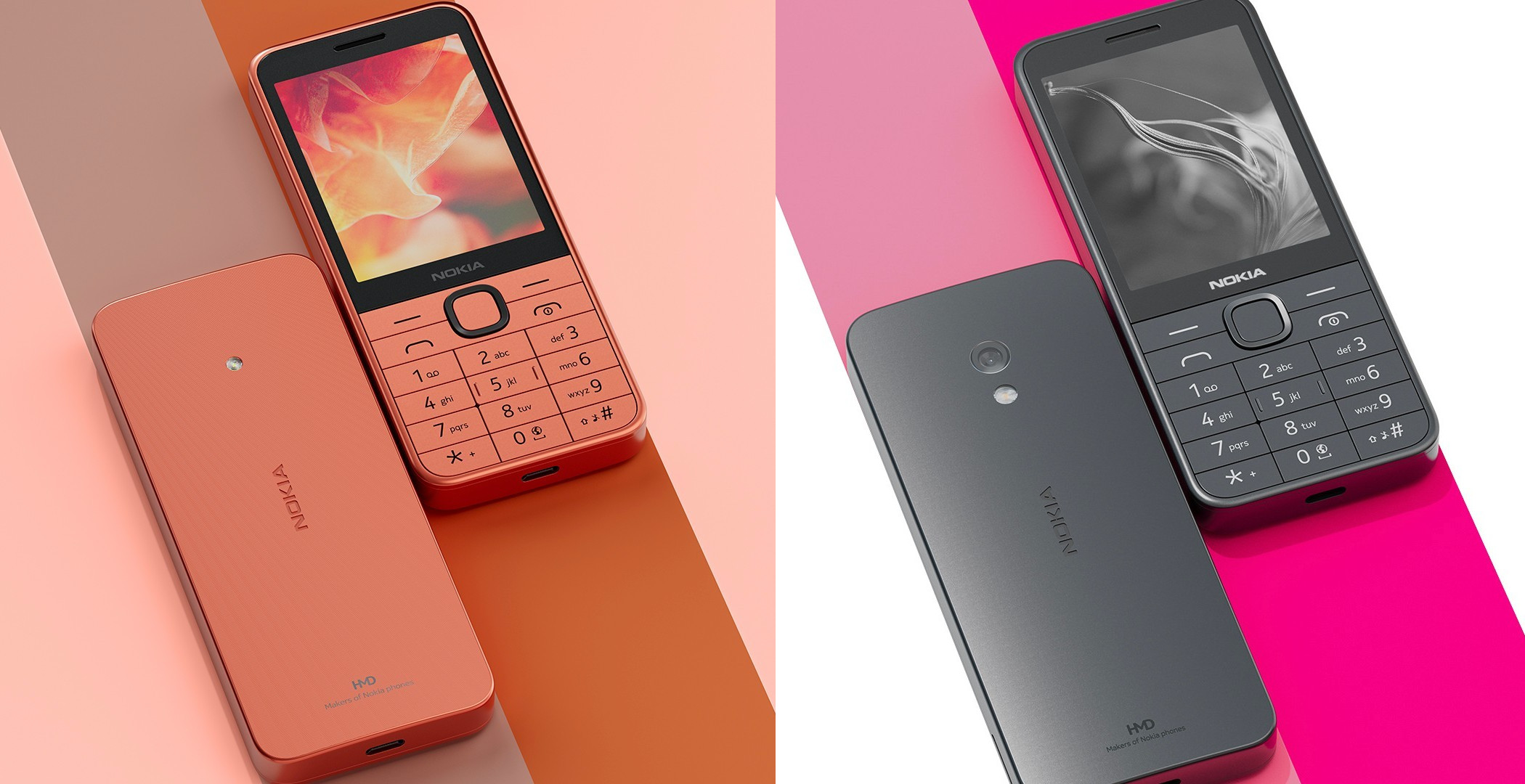
As a result, Silberbauer and his team are now steering a company with substantial global sales, especially in markets like India and Africa. This is a good place to be when you have ambitions to reshape the societal relationship with mobile devices, both through the impact of manufacturing and resource management, but also in the ways in which phone use is impacting on our everyday lives and mental state.
‘We want to reach a mass market – that’s the only way to make a planet-sized impact,’ Silberbauer says matter-of-factly. With recent partnerships like the Heineken-branded Boring Phone, and an upcoming tie-in with Mattel and Barbie, HMD is not shying way from the mainstream. ‘We are selling a million phones a month in India,’ he says, adding that innovative micropayment structures are changing patterns of phone ownership in Africa.
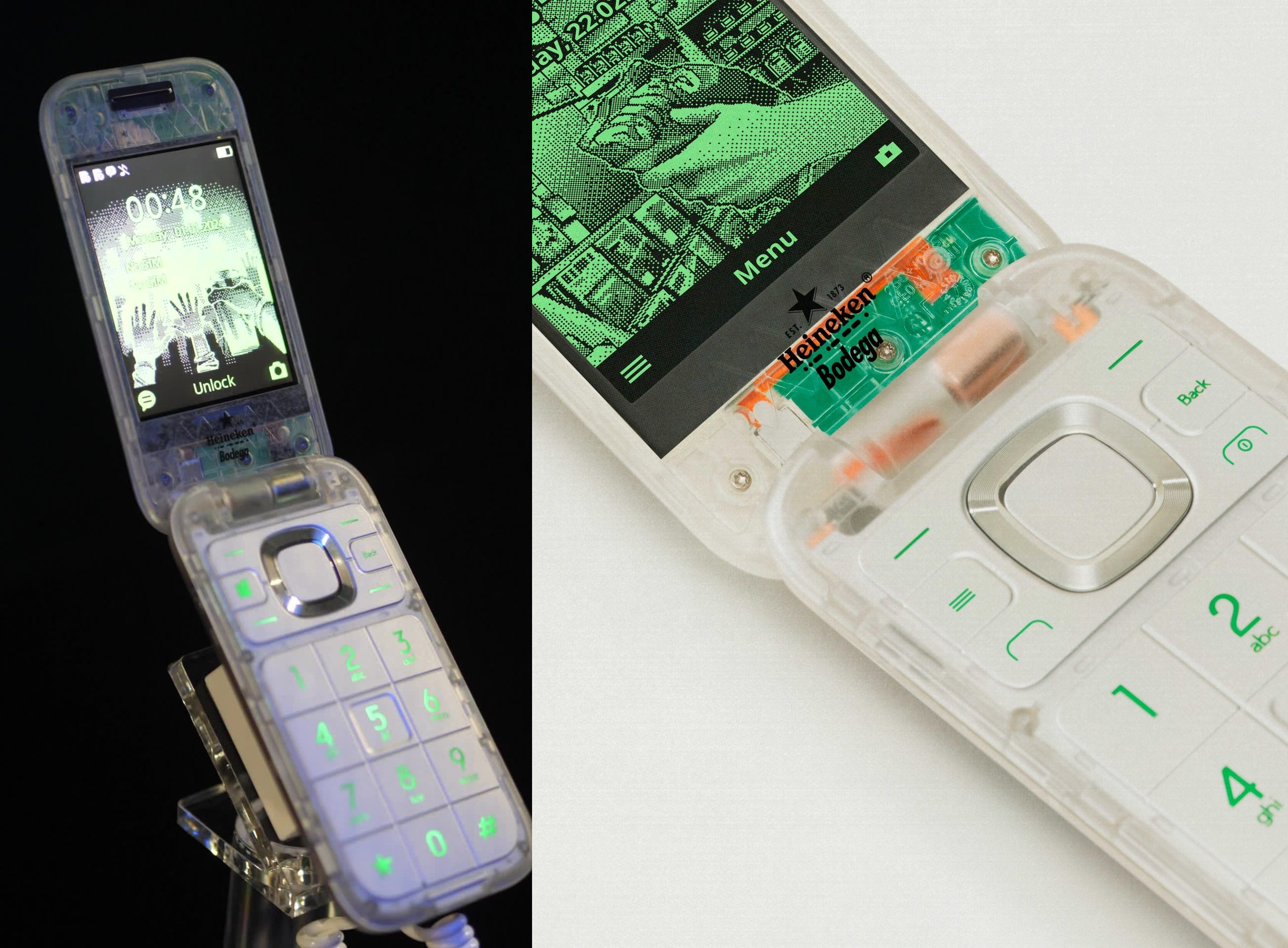
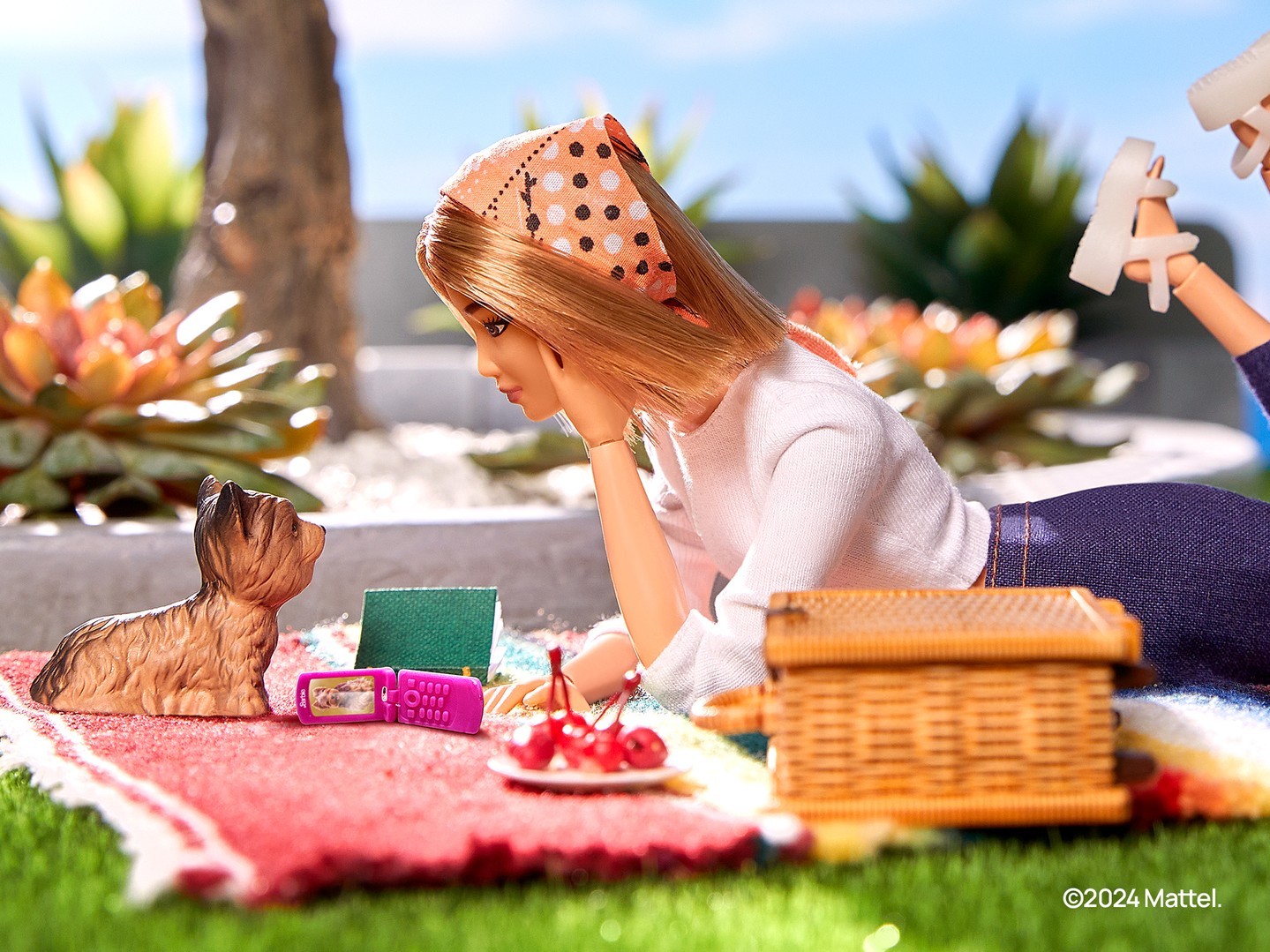
HMD Skyline, repairable with embedded detox tech
The Skyline is the flagship, and a lot of the aspiration for repairability and detoxifying tech is embedded in this device. Silberbauer acknowledges that the modern mobile market has evolved into a ‘weird economic model’, driven by top-down aspiration and the annual refresh cycle. ‘You wouldn’t accept having a desire to buy a new lawnmower or dishwasher every year,’ he says.
The Skyline is a first step to making this skewed eco-system a little more circular. This kind of conversation isn’t exclusive to HMD, and new EU legislation will shortly reiterate a right to repair, but the Finnish company is definitely stealing a march on the competition with some simple, straightforward initiatives.
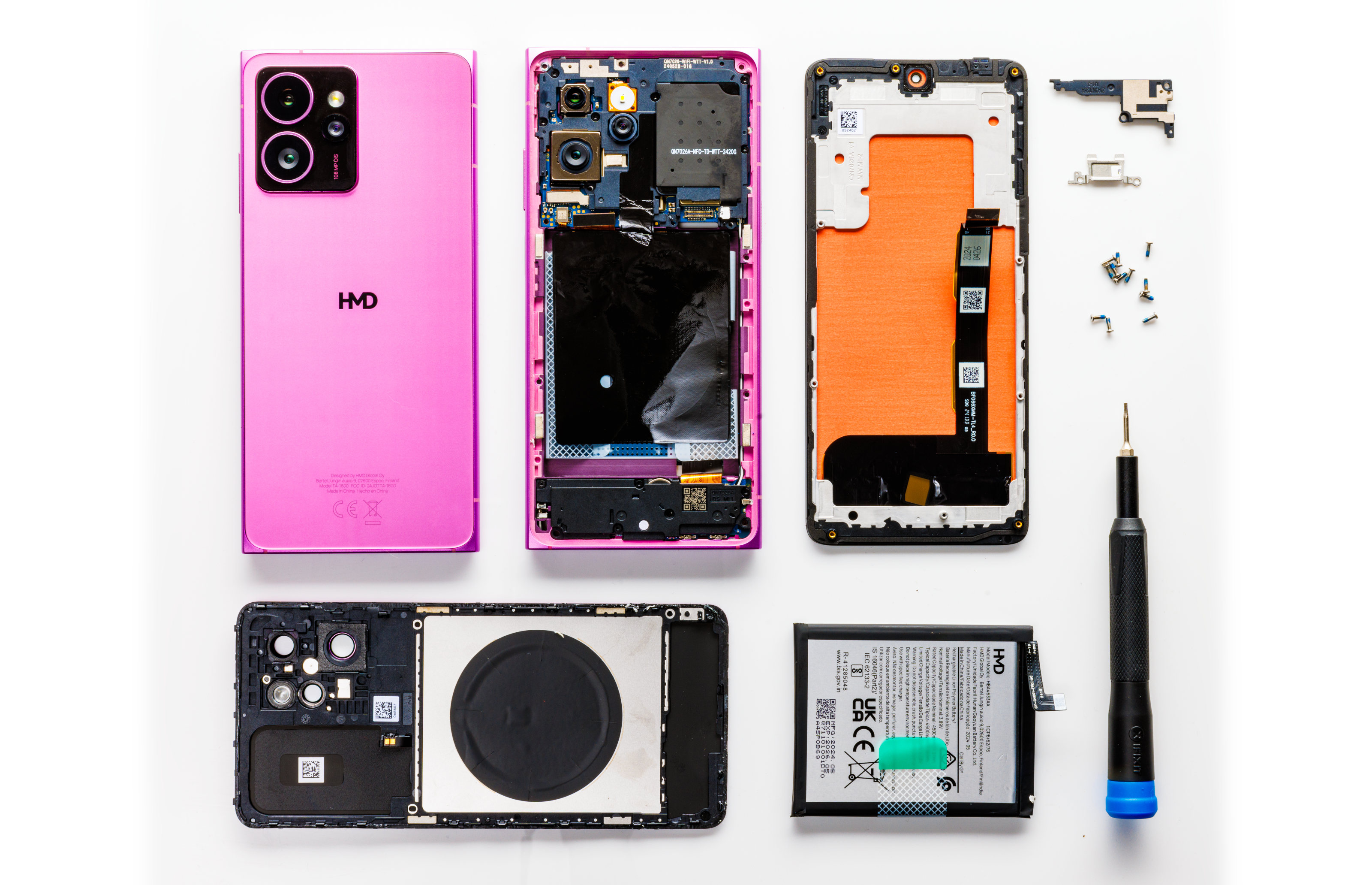
For a start, HMD has teamed up with iFixit to really drill down into the economics of repair. ‘People tend to live with things like a broken screen,’ says Silberbauer,. ‘We don’t think that’s acceptable. The Skyline is so easy to fix you can do it with a small screwdriver and a guitar pick.’ The Skyline’s ‘repairability’ was recently rated as 9/10 by iFixit, and HMD has partnered with the popular online repair company to ensure that consumers themselves can undertake these procedures.
HMD’s head of product Adam Ferguson gamely demonstrates this ability, showing how a battery can be swapped in less than ten minutes. This might not seem especially remarkable to an older generation used to popping the plastic back off their chunky handheld, but for those weaned on the impervious machined perfection of the modern device, it’s nothing short of a miracle.
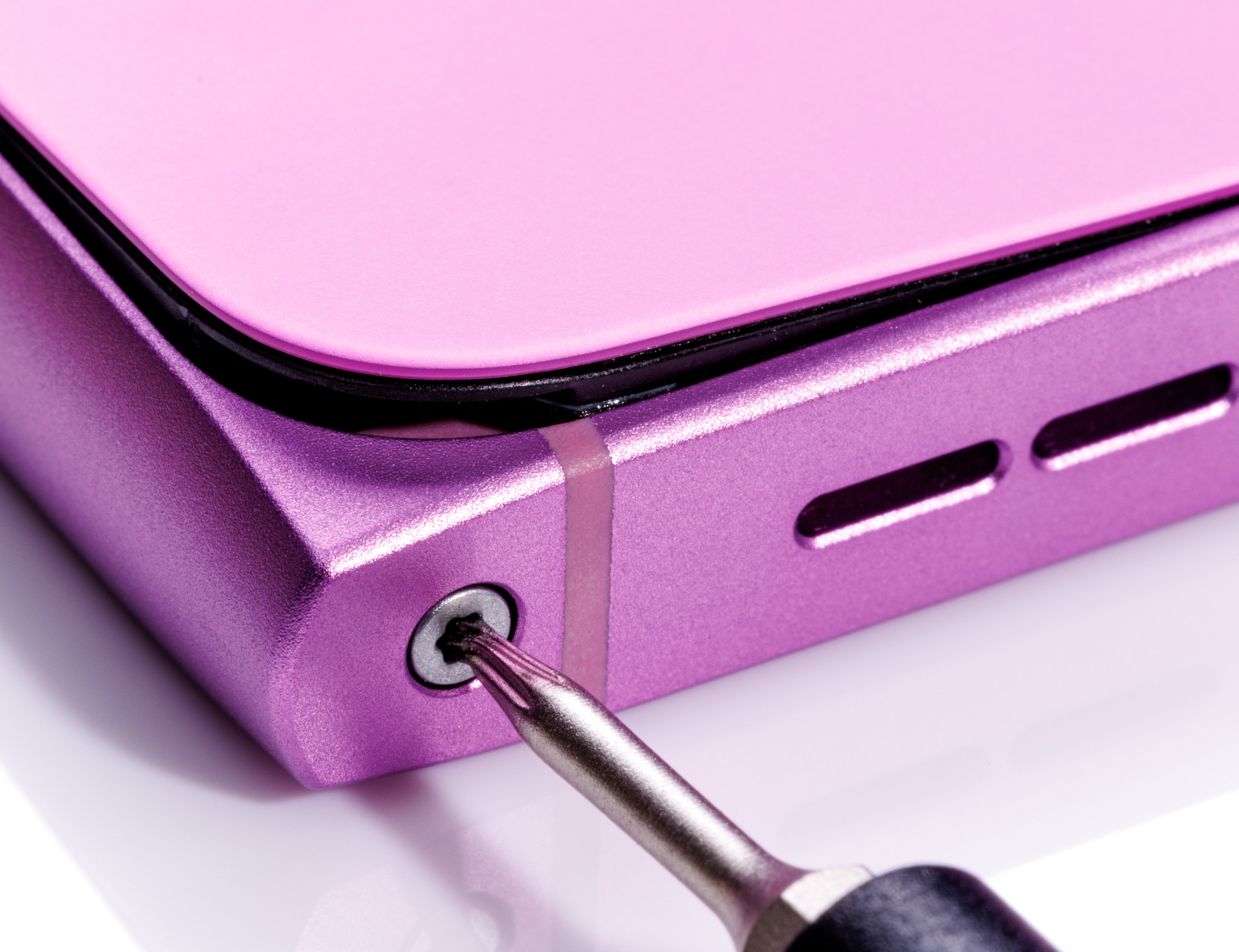
To get to this point requires ambition and innovation, not least from the company’s design team. Raun Forsyth is HMD’s longstanding VP of design, an industrial designer with a distinguished career going all the way back to pre-Microsoft days. ‘I’ve been striving to bring a fresh confidence to the brand,’ he explains. ‘Tonality is super important, as is having a certain attitude.’
Forsyth describes himself as ‘more of an engineer than a designer’ when it comes to phones. ‘We fight for every millimetre on the interior,’ he says, describing how the placement of internal components and external buttons – ‘the bones’ – totally drives the form factor of the phone. With Skyline, getting access to the insides was a design and engineering challenge that was eventually solved by a tiny (and patented) camshaft mechanism that unlocks the rear plate. The little torque screw is the only indication such accessibility is possibility.
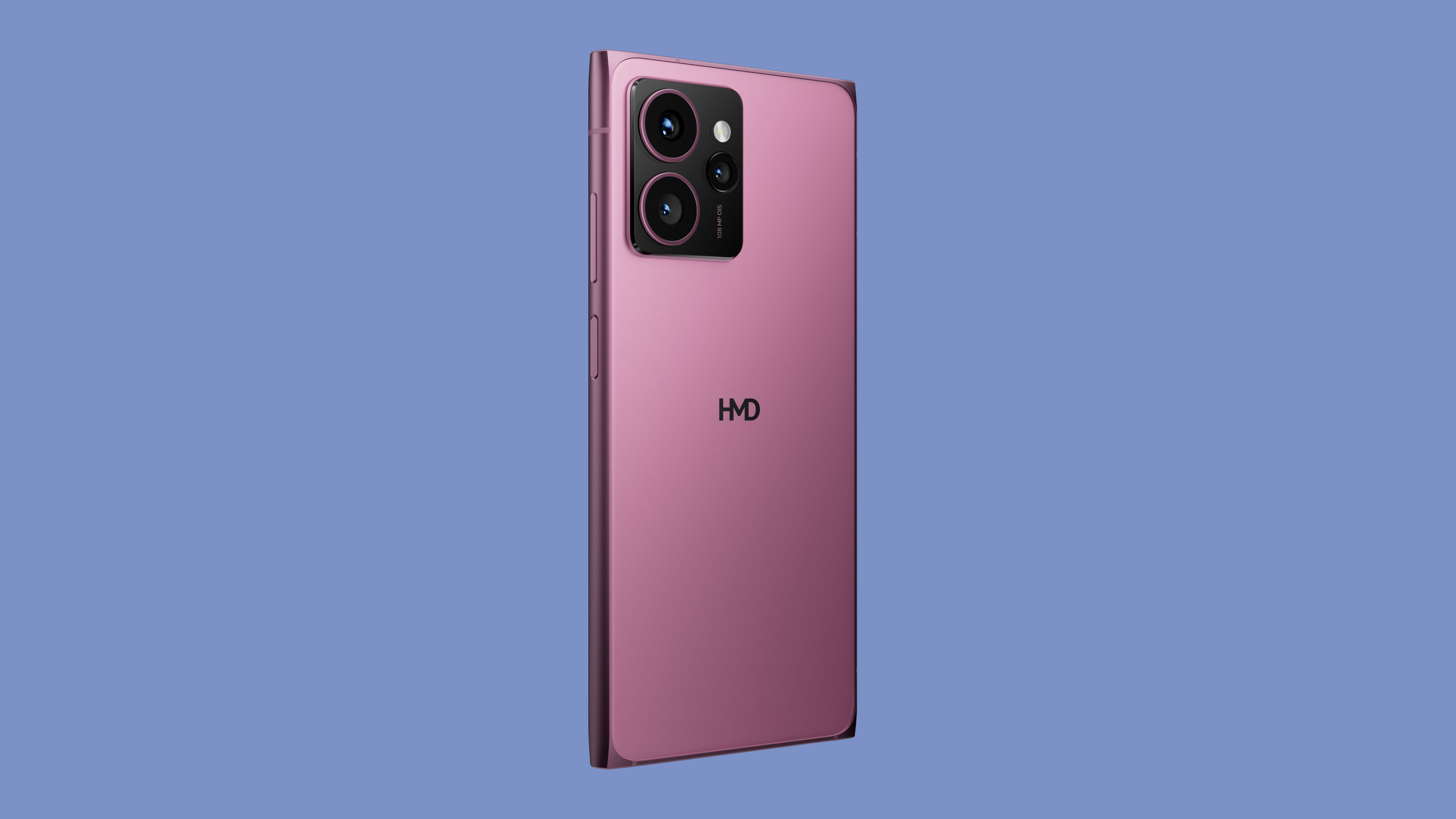
‘The right to repair movement is a big noise in our industry,’ Forsyth notes. ‘Every designer wants a beautiful artefact, but ultimately that’s not as important as getting a product to last twice as long.’ Elements like the phone’s corners, which combine hard edges for durability as well as the curved screen radius beloved by consumers, help give the Skyline the solidity it needs to endure.
Forsyth also believes that our emotional connection to objects – even technology – can deepen as they age and patinate. ‘If you lose your Zippo lighter after a few weeks you’re not too bothered,’ he says, ‘but if you lose it after ten years, you’re devastated.’
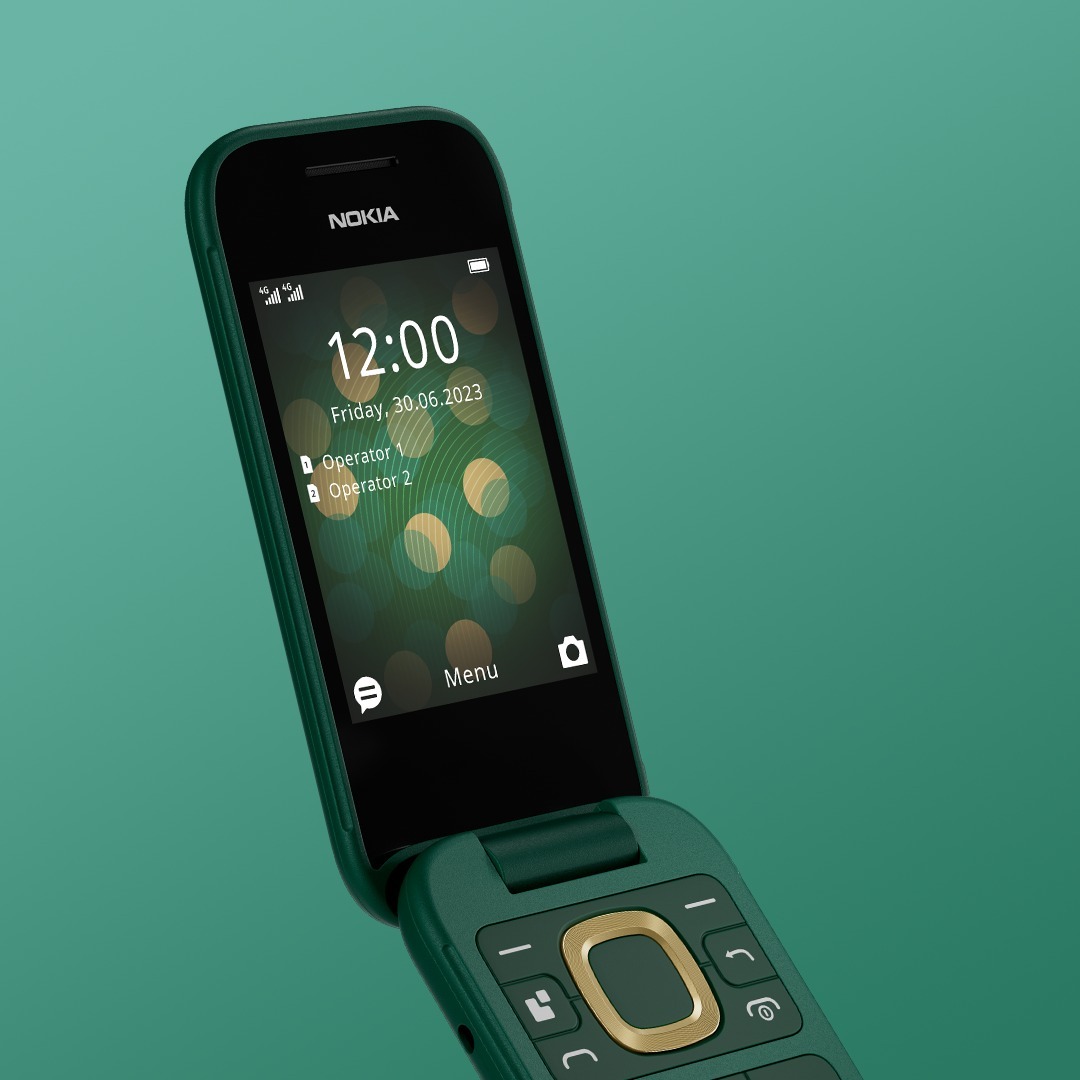
As for the growing trend for ‘dumb phones’, Forsyth is sanguine about the trend. ‘If you’re using a flip phone, it implies you have better things to do with your time,’ he notes, before clarifying that phones are simply ‘tools to help people live their lives.’ He even muses about a future where the phone as we know it becomes completely obsolete, replaced by a tiny wearable.
Right now, we are where we are, and nothing will be solved without meeting consumers’ needs first. All the above innovation has been achieved without compromising the fundamental look and physical feel of the Skyline. Crucial elements, like the detox function and the ease of repair, have been accommodated within industry norms and expectations.
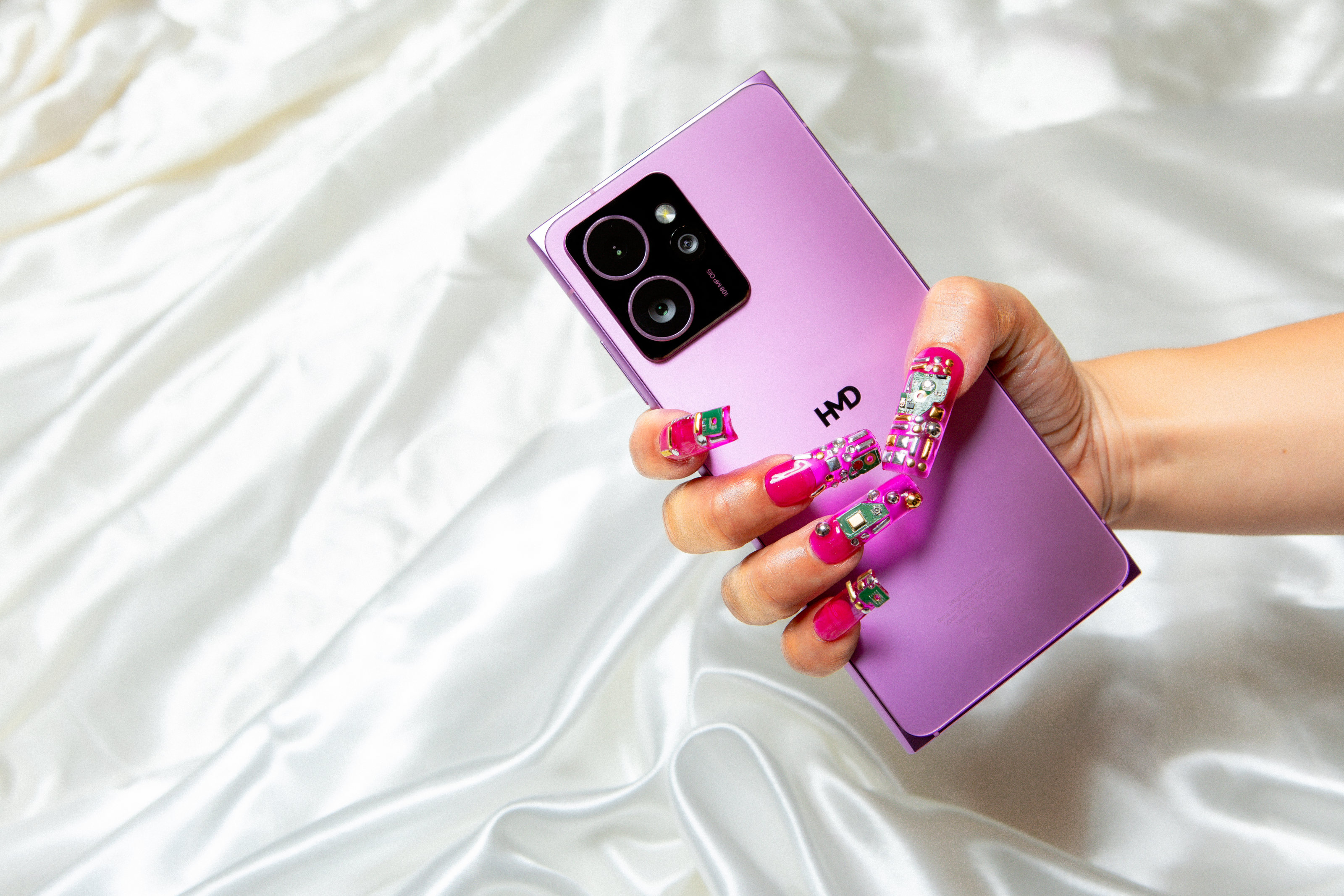
As Silberbauer notes, ‘you can find cheaper devices’, but this drives down the viability of an economic repair. ‘We’re trying to make HMD a loud, brave brand – something that doesn’t look low cost.’ The Skyline certainly has a premium look, feel and weight. The key components – a high-quality camera system, 6.55in pOLED screen and Snapdragon processor – haven’t been cost cut into oblivion, and the 100 per cent recycled aluminium casing is sturdy and durable.
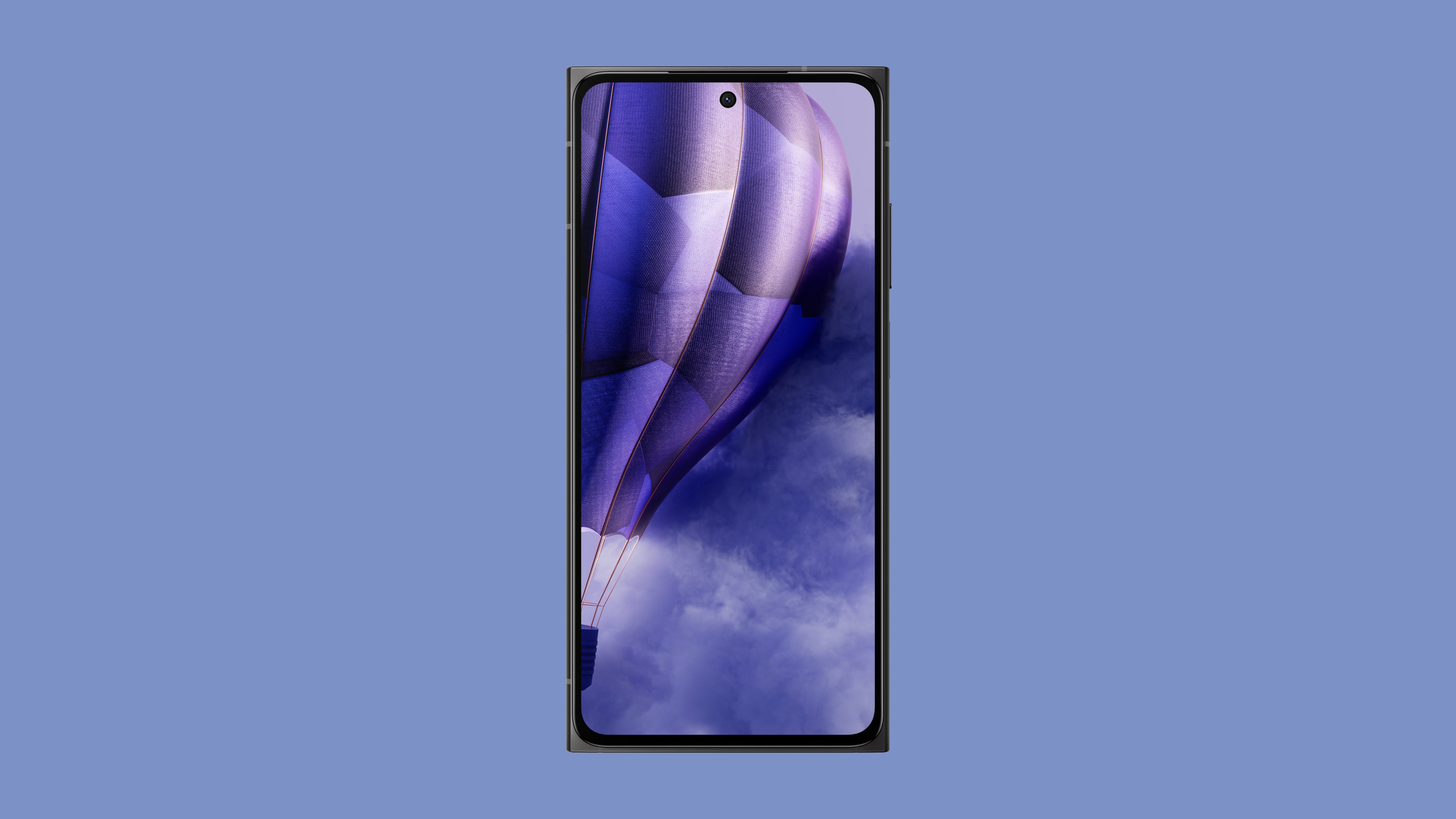
Stats include a 108MP main camera, 50MP zoom, and a 50MP selfie camera with the all-important wide-angle function. ‘Everyone in this day and age is a creator to some degree,’ Ferguson acknowledges, so skimping on these elements is non-negotiable. More importantly, perhaps, are the ‘soft’ and ‘hard’ digital detox aspects baked into the Skyline, which comes back to the ongoing conversations about phone use and mental health.
The former is a simple way of setting certain apps and contacts to be unreachable for a set amount of time. It’s a deliberate snare that HMD hopes will trip up people from defaulting to certain behaviours – checking notifications, doom scrolling, etc, – even if the system can be easily overridden. Hard detox is a little stricter, requiring a reboot to recover the blocked functionality. Similar focus-sharpening apps have existed for a while, but by baking these options into OS, HMD is giving us the tools right out of the box.
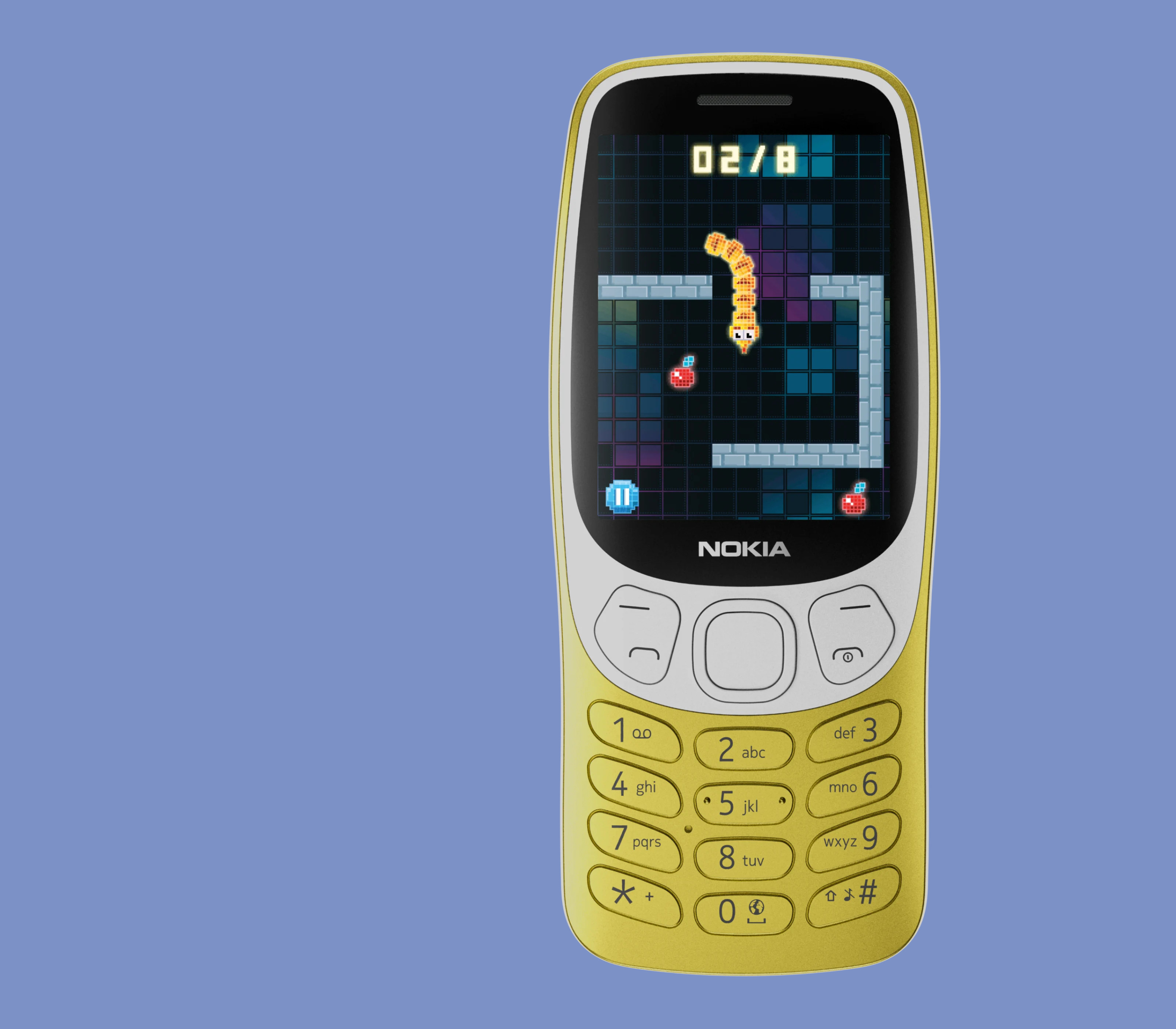
Coming up is an even more ambitious project to reshape our relationship with phones across the board. Pointing out that the upcoming Barbie flip phone will have no social media capabilities at all, Silberbauer hints that the company can and will go further, but only after it’s done an exhaustive deep dive into all the options. Watch this space.
HMD Skyline, available in Twisted Black and Neon Pink, from £399, €499, $499, HMD.com, @HMDdevices







